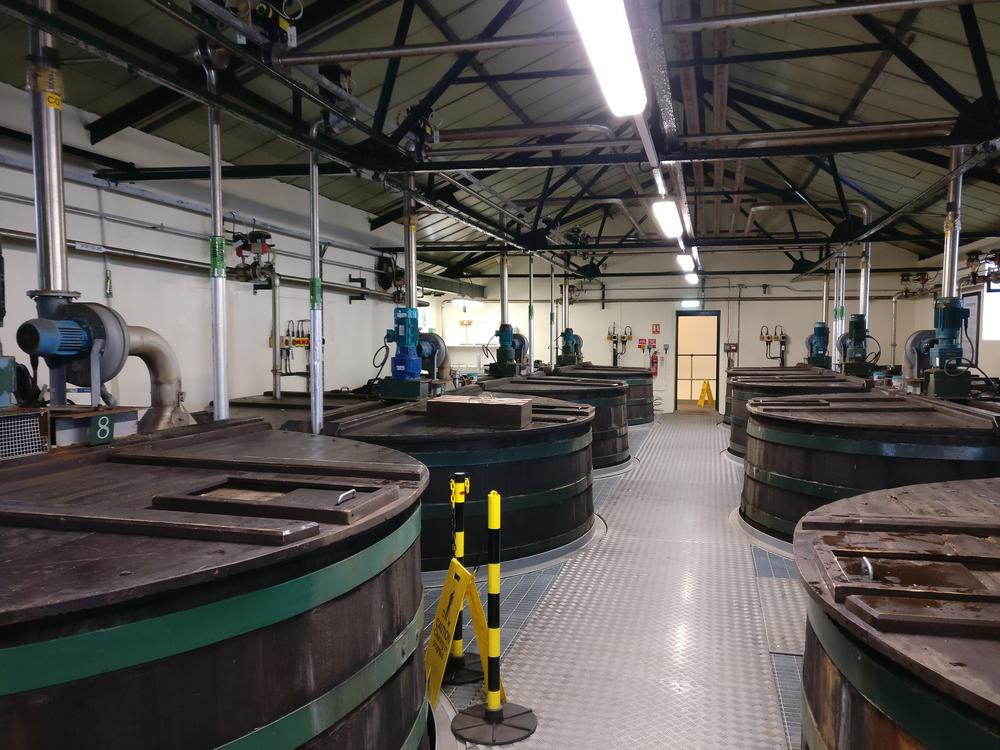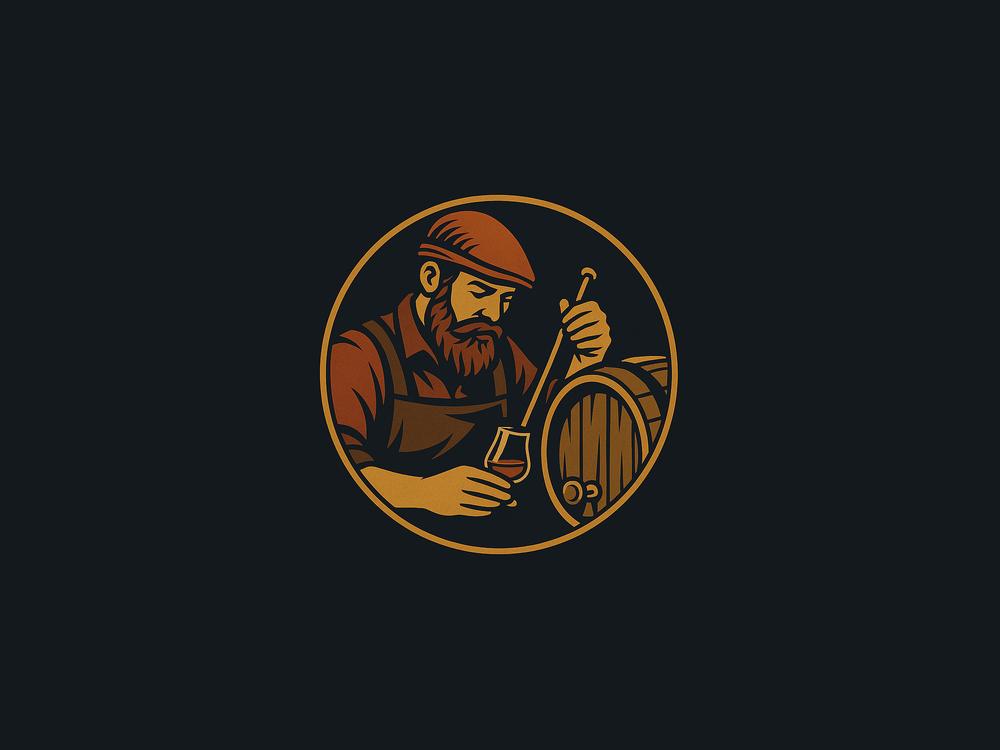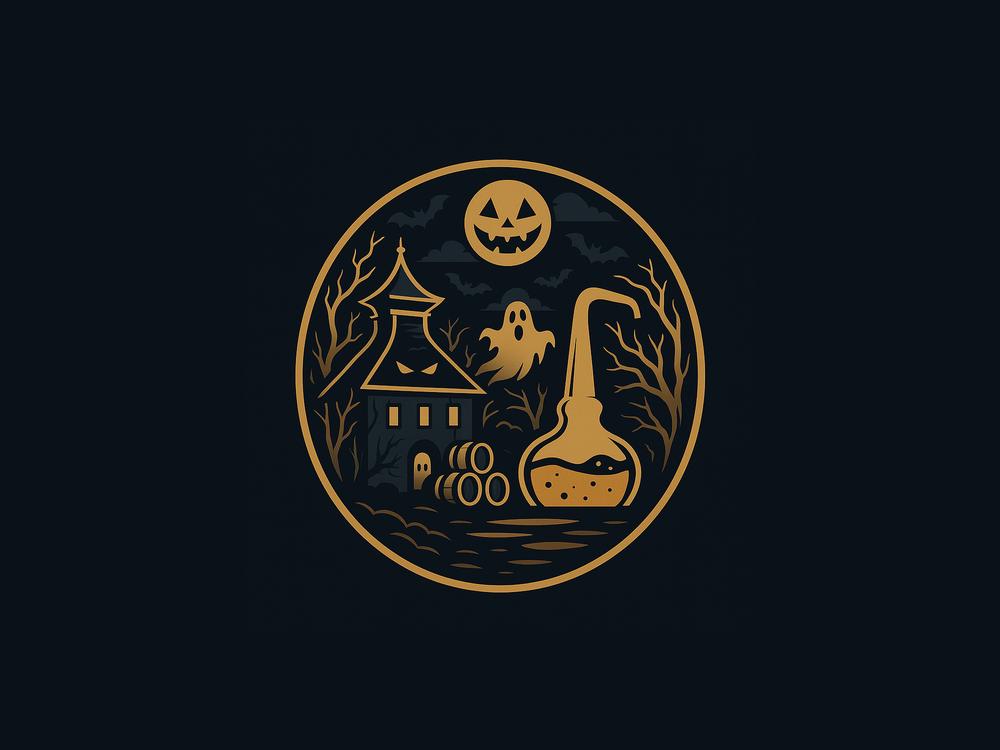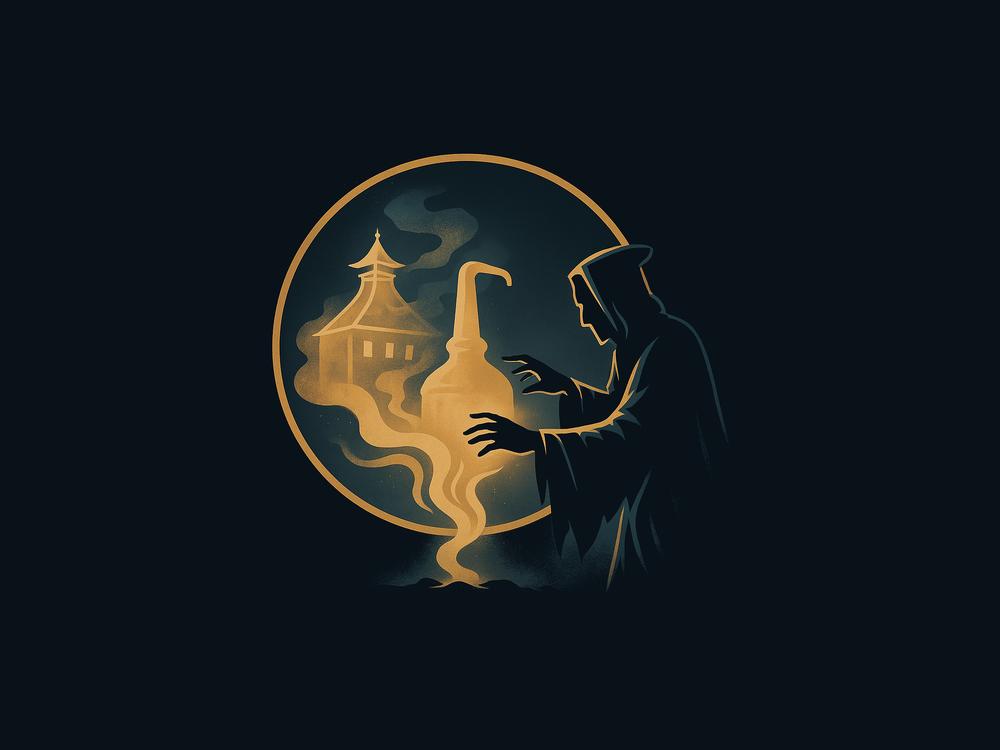Whisky Fundamentals
In principle, Scotch, Bourbon or Irish Whisky hardly differ in terms of production. While the raw materials differ slightly for the different types of whisky, all whisky is made using grain, water and fermentation by yeast. Malt whiskys are produced from malted barley, grain whiskys from cereals such as wheat, rye or oats and bourbon whiskies predominantly from corn.
Yet important differences can be found in the distillation technology used. Scottish malt whiskies have to be distilled in copper stills (pot stills), while large column stills are used for grain and bourbon whiskies. Further differences in whisky production can be found in the storage in oak barrels. Barrels from bourbon and sherry production are generally used for Scottish whisky, while only charred virgin American oak is permitted for bourbon whisky. In addition to the influence of the different whisky barrels, different barrel sizes also have an influence on the later taste of the whisky.
Latest Articles
Getting to grips with the basics of whisky is not essential to selecting and enjoying your next bottle, but the varied history and produciton methods are fascinating and can help guide you on your journey.

Spirits of Long Forgotten Stills
Published 29/10/2025
Once alive with the hiss of copper and the scent of malted barley, these distilleries now stand silent — their stills cold, their warehouses empty, or their stones long since torn down. Some survive as homes or museums; others exist only in memory and in the rare bottles they left behind. This Halloween at Whiskipedia, we raise a glass to the ghost distilleries whose presence lingers in every dram they left behind.
Spirits of Long Forgotten Stills
‘Craft’ doesn’t always mean handmade
Published 26/10/2025
The word craft has become one of the most overused in the drinks industry. Whether on bottles of whisky, gin, or beer, it promises individuality, authenticity, and care, an antidote to mass production. Yet in whisky, as in beer, “craft” does not always mean handmade. The term is rarely defined, frequently stretched, and sometimes entirely disconnected from the process it describes. While “craft” implies human skill, independence, and tradition, many producers use it as a marketing tool.
‘Craft’ doesn’t always mean handmade
10 Haunted Whisky Distilleries
Published 24/10/2025
Some whisky distilleries have their spooky ghost stories. Here is a selection, best enjoyed with a dram, of course: Glendronach Distillery Speyside distillery Glendronach imported a large quantity of Spanish Oloroso sherry casks in the 1970s. Apparently, while unloading one of the barrels, a stowaway was sighted escaping from an empty barrel, dressed in scarlet and black and clad in a full mantilla (a veil worn by Spanish women from the Middle Ages, which covered the head and neck).
10 Haunted Whisky Distilleries
Whisky Necromancers: Can the Dead Truly Rise Again?
Published 24/10/2025
Once, the lights went out in Port Ellen, Brora, and Rosebank. The stills cooled, the mash tuns fell silent, and the angels - who had been quietly helping themselves for decades - found the place oddly deserted. Their names lingered only in whispers, the kind exchanged reverently by collectors, poets, and those who like to pretend a dusty bottle can smell faintly of lost time. Now, decades later, the fires are lit once more.
Whisky Necromancers: Can the Dead Truly Rise Again?
Whisky and Yeast
Published 26/08/2025
Yeasts belong to the phylum Ascomycota, the largest group of fungi. One of its simplest and most useful members is Saccharomyces cerevisiae-the workhorse of brewing, baking and many biotechnological industries from ethanol to enzymes. In whisky, yeast is indispensable: without it there is no alcohol, and without alcohol there is no spirit to distil. Historically, Scotch whisky producers relied on surplus brewery yeast. This shifted to commercial brewers’ yeast and, eventually, to strains propagated specifically for distilling.
Whisky and Yeast
